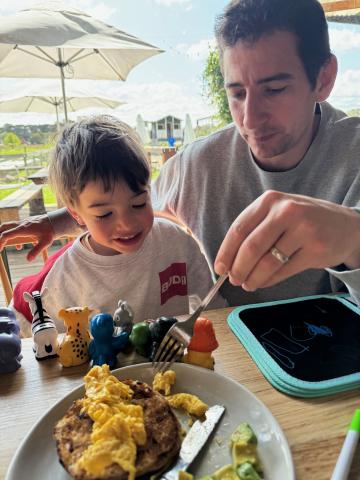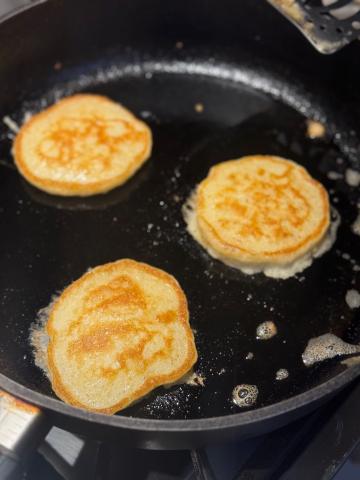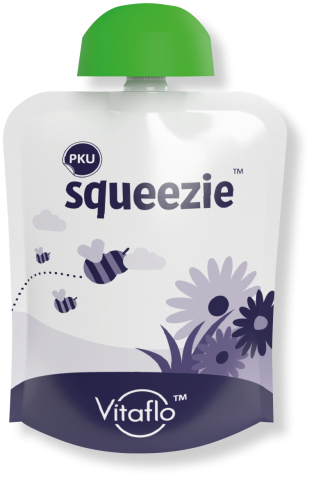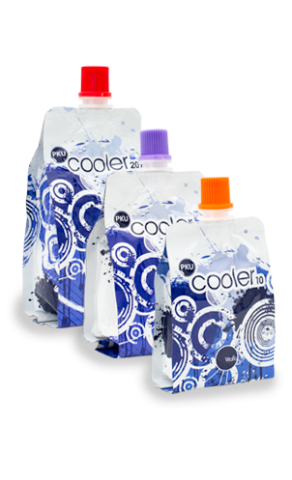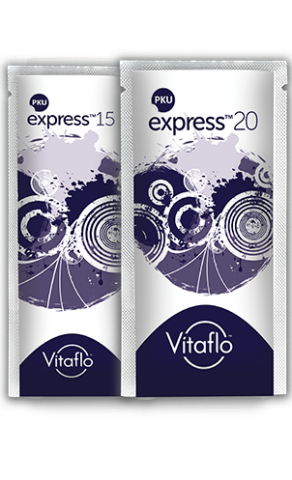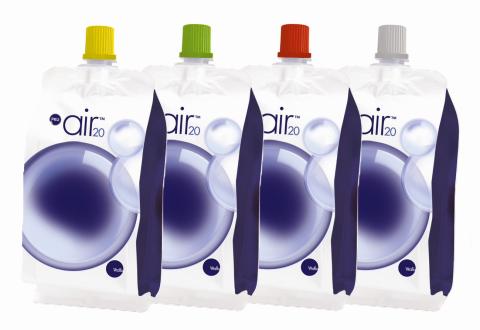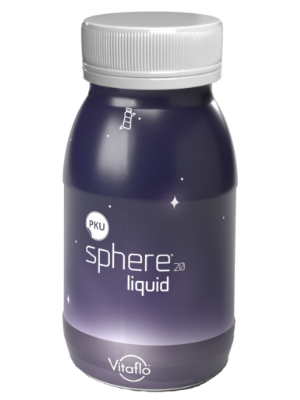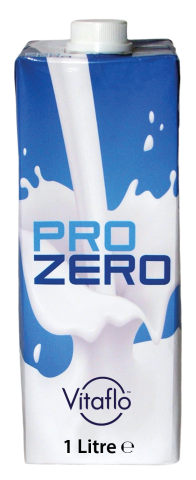Our son Hudson turned four this month. We celebrated with a Thomas the Tank Engine themed birthday party, complete with a Thomas themed cake, and he grinned from ear to ear as friends and family gathered around and sang him “Happy Birthday”.
I’m sure all parents see birthdays as a time when we reflect – on how far our children have come, how much they’ve grown, and how much has changed in what feels like such a short space of time. As parents of a ‘PKUer’, Hudson’s birthdays also mark milestones in how we’ve adapted to managing his condition, becoming more confident and attuned to his daily needs.
Our care of Hudson’s PKU has changed drastically over the last year and a half, since we were lucky enough to get Hudson onto a clinical trial for a new PKU treatment. On this trial, we’ve seen his protein allowance increase from the 6 grams of protein a day he was on for the first two and a half years of his life, to the more liberal 22 grams of protein a day he is currently on.
An extra 16 grams of protein a day might not sound like a lot to most people. But the journey from 6 grams to 22 grams has felt life changing for Hudson, and for us as his parents still responsible for his diet. For our family, the ability to introduce more variety into Hudson’s diet was an exciting opportunity that this additional 16 grams of protein a day has allowed: we have enjoyed using this extra freedom to cook with new foods, make recipes with fewer adaptions and explore different options for Hudson when eating out.
Even with the higher protein allowance, many aspects of managing Hudson’s PKU remain unchanged. We still weigh and measure his food and calculate his protein intake precisely – perhaps even more so now, given the complexity introduced by new food options. His supplement intake remains essential, and low-protein foods continue to play a crucial role in providing flexibility and peace of mind.
Low protein food options have always been a critical part of Hudson’s medical care. I vividly remember the moment where, having Italian heritage, I found out that pasta made with regular flour would be too high for Hudson to consume on his PKU diet. Having access to low protein flour and convenient pasta options have been an essential part of cooking for Hudson from the moment he started on solids. They give us the flexibility to prepare meals that feel “normal” and familiar, allowing us to recreate dishes that have cultural significance so that Hudson can enjoy them with the rest of our family. Crucially, they give us peace of mind knowing we can fill his stomach and fuel his body safely, without having to worry about using up too much of his daily protein allowance. The relief that having these options handy in the cupboard brings on days when his protein intake is unexpectedly high and options for dinner are limited is something I can’t really describe.
It’s safe to say, we’ve always felt an unmeasurable amount of gratitude for being able to access these low protein options when feeding our son. And while increasing Hudson’s protein allowance on this trial has opened up more options for us when cooking for Hudson, the need to carefully select protein sources and calculate his intake each day has not changed. While I assumed our reliance on low protein foods would lessen as Hudson’s protein allowance increased, they have remained a steady and critical part of Hudson’s diet (and my peace of mind).
Just one serving of regular flour-based pasta or rice can use up a significant portion of Hudson’s daily protein allowance. While they are nice to use on occasion to ‘change things up’, continuing to rely on low-protein versions gives us more flexibility in how we fuel Hudson on 22 grams of protein a day. Introducing new protein sources like eggs, legumes or nuts, even in small quantities alongside Hudson’s usual lower protein foods, has helped us explore our desire to give Hudson more variety and expose him to a wider range of food groups.
And there are always still those nights where his protein intake for the day is unexpectedly high, and I feel the same sense of relief to be able to access low protein options to fill his belly with a hearty, lower protein meal to finish the day.
I am hopeful about the changes we’ve seen in Hudson’s diet thanks to this new treatment, and optimistic about future breakthroughs as PKU research progresses. But as a mum, I will always advocate for broad access to high-quality low protein foods – for every person with PKU, no matter their protein allowance. These foods remain one of the most vital tools we have to keep Hudson healthy, happy, and thriving.
And thanks to them, we didn’t have to say no when he asked for a second slice of his Thomas the Tank Engine birthday cake!

